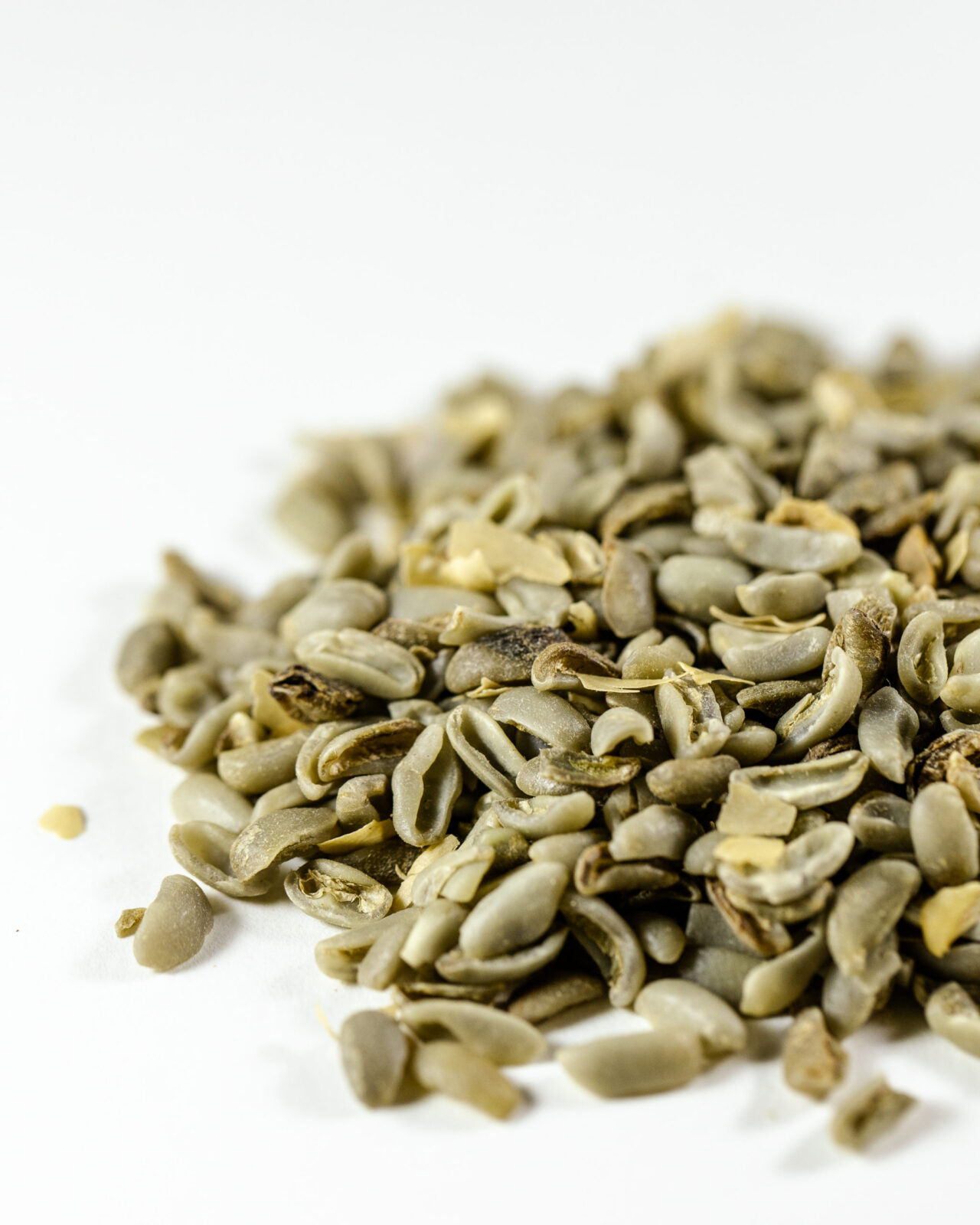As the coffee cherry coming into our Burundi washing stations slows to a veritable trickle, we enter into the less talked about, less photographed, and less glamorous portion of the season: Dry Milling. Dry Milling is the final stage the coffee passes through before it is packed into bags, ready for loading into a container. While this portion of the season is seldom discussed in any public-facing manner, Dry Milling is actually an incredibly important step in producing top-quality coffee. We’ve paid homage to the importance of drying in previous blog posts (another seldom discussed, hugely important aspect of coffee processing), and we’ve discussed coffee processing in detail (including a deep dive into fermentation) in other posts, so it is fitting that we now take the time to show respect to this final processing step.
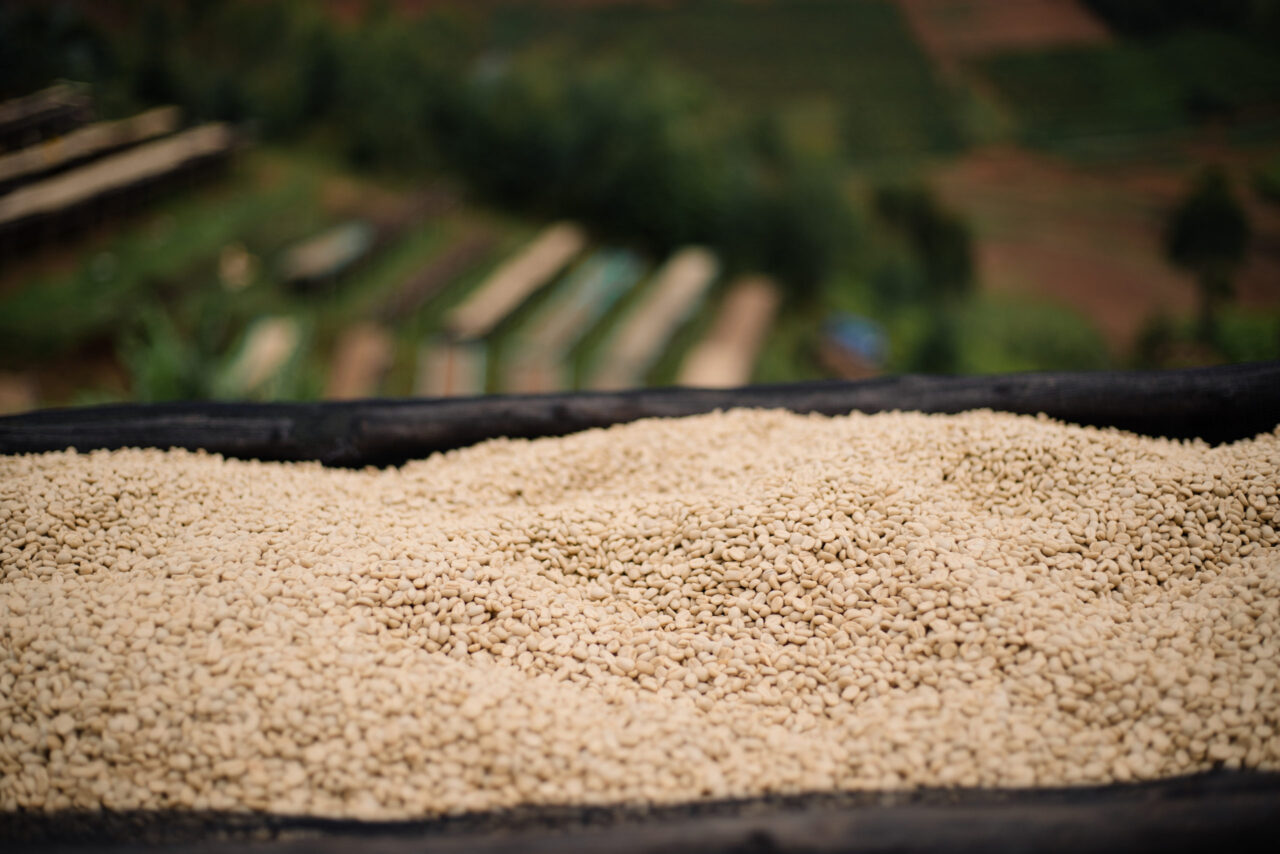
It is only once the coffee is completely dried, placed in temporary bags, and stored in one of our warehouses (each washing station has one) that we are able to begin organizing a coffee’s Dry Milling program. Once a Day Lot of coffee is properly dried – and verified as such by water activity readings taken in our Bujumbura lab – we are able to decide if that Day Lot will be Dry Milled and exported on its own, or combined with other Day Lots from the same hill to form a micro-lot. As many Day Lots are too small to be milled and exported on their own, it is very common for combinations to take place.
After it is known which other Day Lots a coffee will be blended with, or if it will be milled on its own, the coffee is trucked to the Dry Mill. Coffee accumulates at the Dry Mill until a critical mass is reached and we are able to submit a milling program.
Removing the Parchment/Husk
The most fundamental process taking place at the Dry Mill is the removal of a coffee’s parchment layer. The parchment layer is a thick, protective husk that surrounds the seed. It is critical that the parchment remain intact throughout the drying process, as this helps to ensure a more even drying. That said, there is significantly more that takes place at the Dry Mill than the simple removal of this husk.
After the parchment has been peeled off the coffee, you are left with a relatively unclean product. The remaining steps in the Dry Milling process refine this to something that we recognize as clean, top-quality green (raw, unroasted) coffee.
Sorting by Size
Nearly all coffee-producing countries have standards relating to seed size and their top-quality coffees. In Burundi, all coffees that are exported as the highest quality are screen 15+. When talking about screen sizes, the numbers refer to 64ths of an inch. As such, in Burundi, top-quality lots must have a screen size of 15/64ths of an inch and above.
The exception to this is peaberry (aka PB) lots. Inside of a typical coffee cherry, one finds two seeds. Due to the way in which the seeds develop inside the round fruit, there is a flat side to each seed – this is where the two seeds meet inside the fruit. Peaberries are the result of coffee cherries in which one of the seeds aborted early in the development process. The result is one, often small, round seed. PB lots are sold as top quality but are often primarily comprised of seeds small than screen 15.
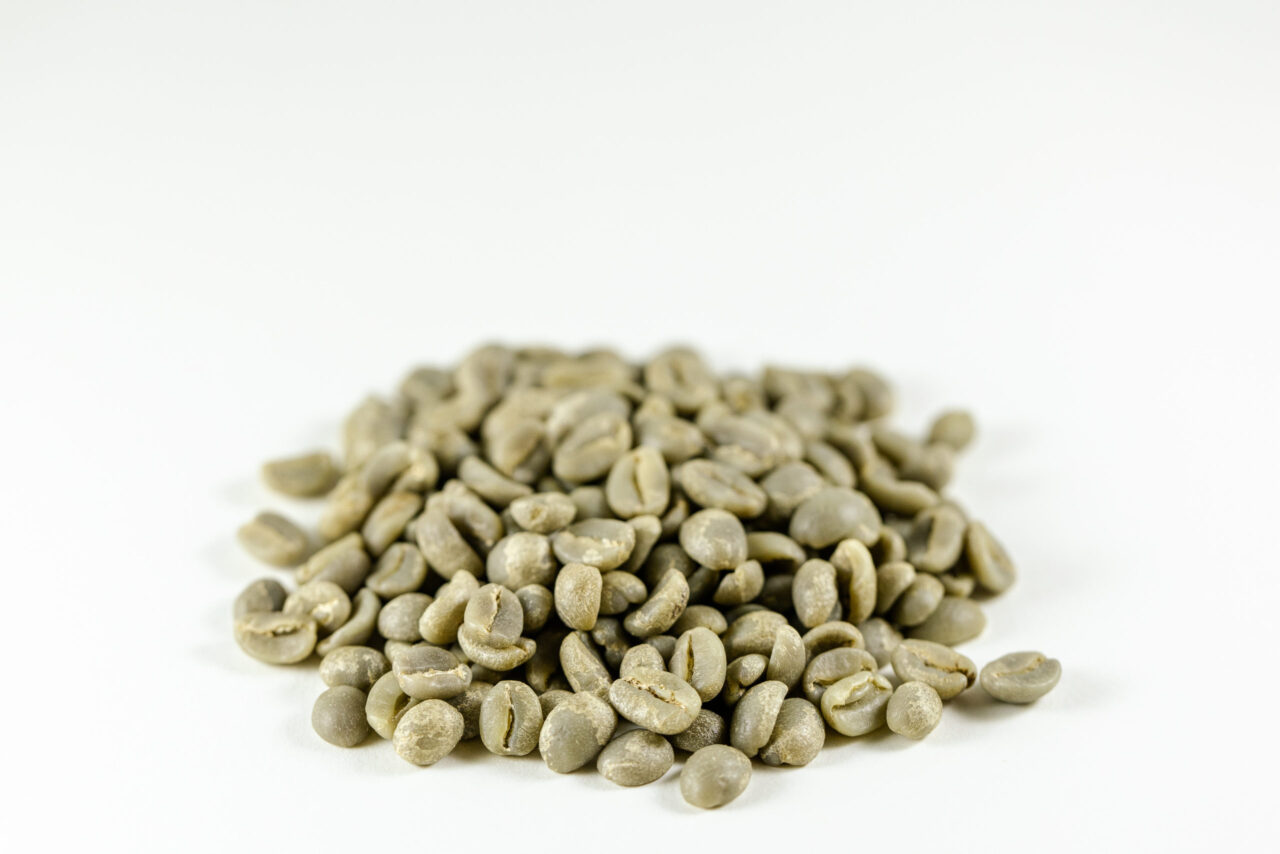
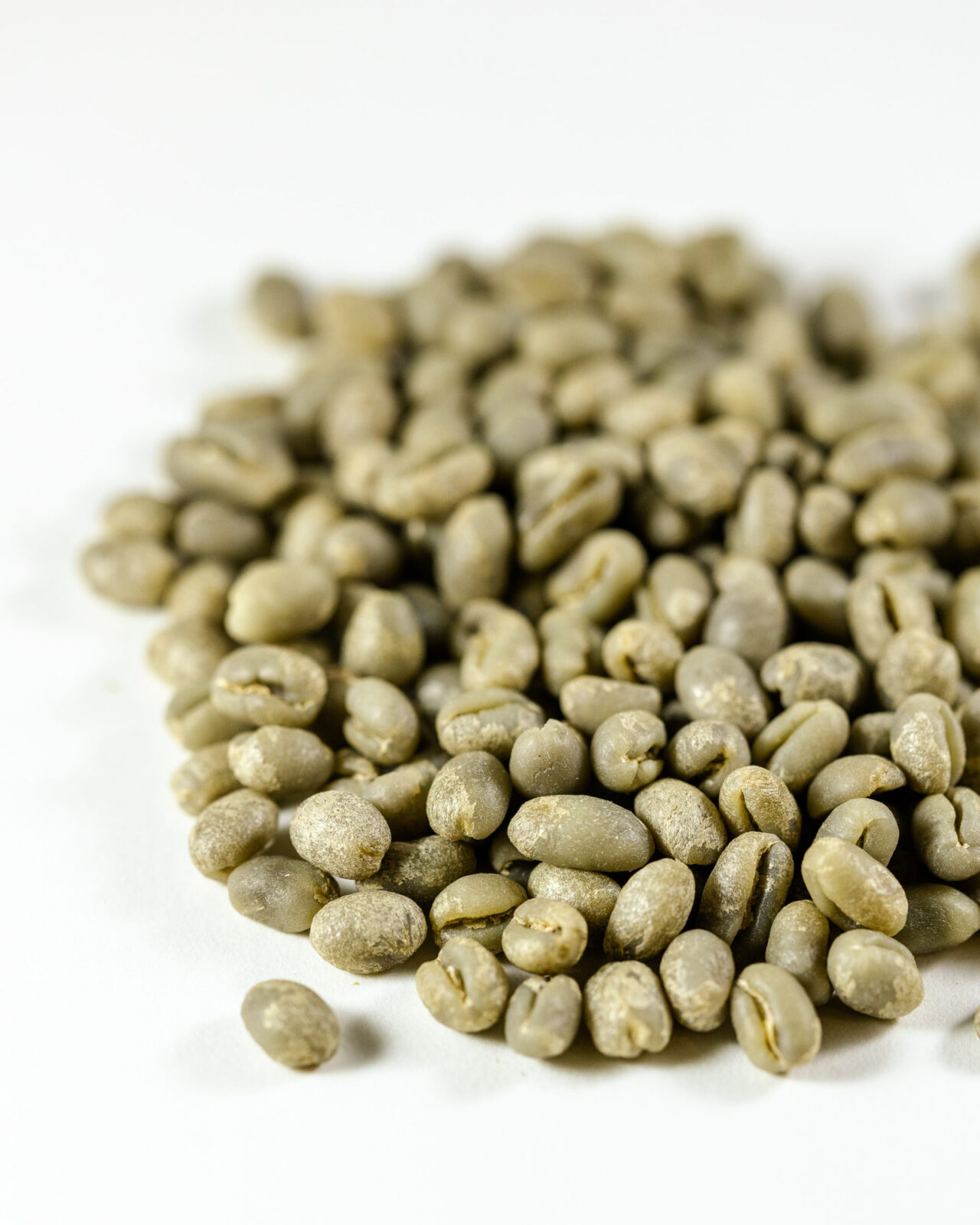
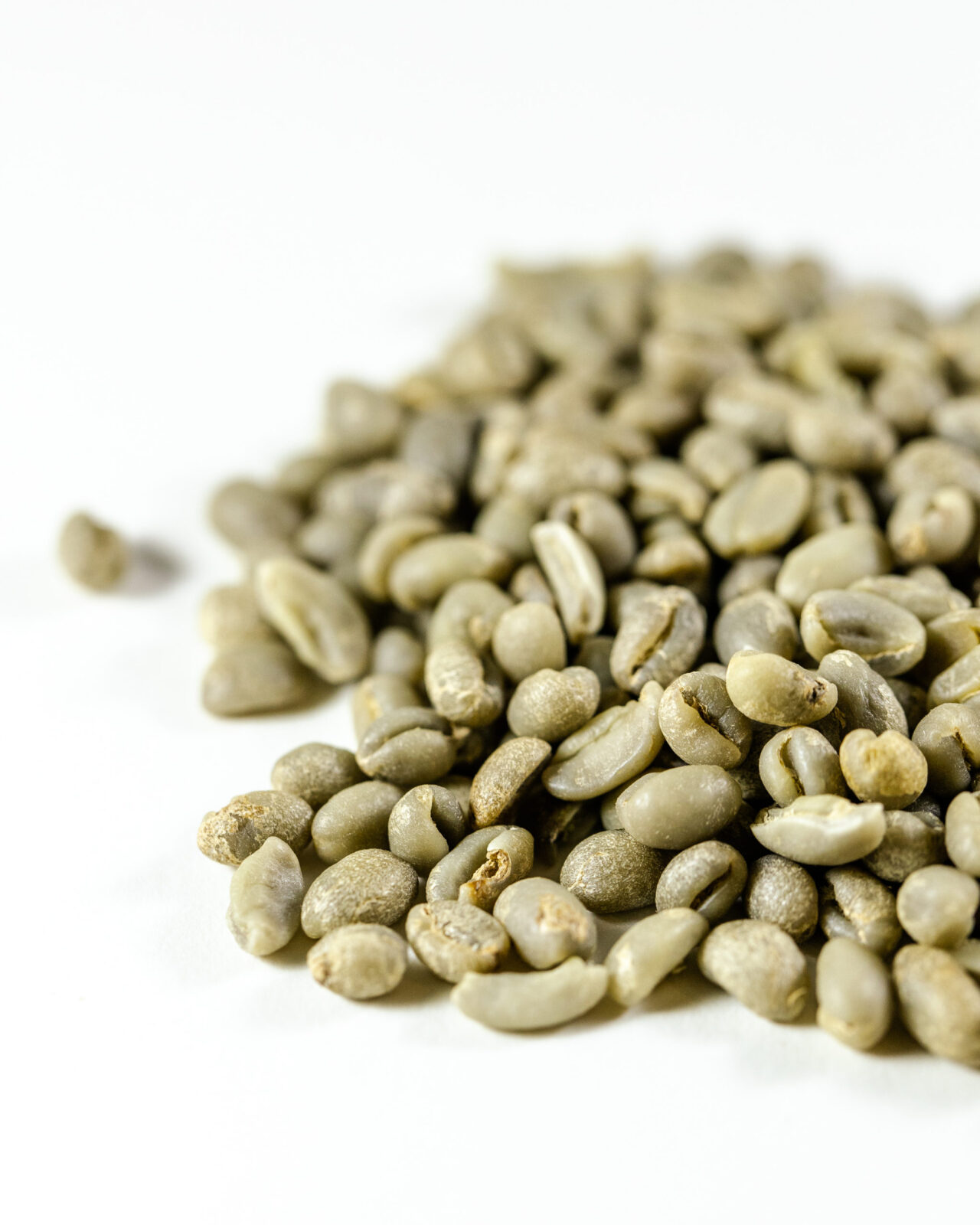
Screen 14 and 12, pictured above, are bulked together and thoroughly hand sorted (see below) in order to produce the aforementioned PB lots.
Sorting by Density
Another step in quality separation is density sorting. This is done on an angled, vibrating table that shoots puffs of air up through the mass of coffee on the table’s surface (think: air-hockey table). This process forces the higher-density coffee to one side of the table and the lower-density coffee to the other. The higher-density coffee is of higher quality.
Density tables are also very effective at removing very dense objects such as screws and very light objects such as twigs – should either get this far in the process.
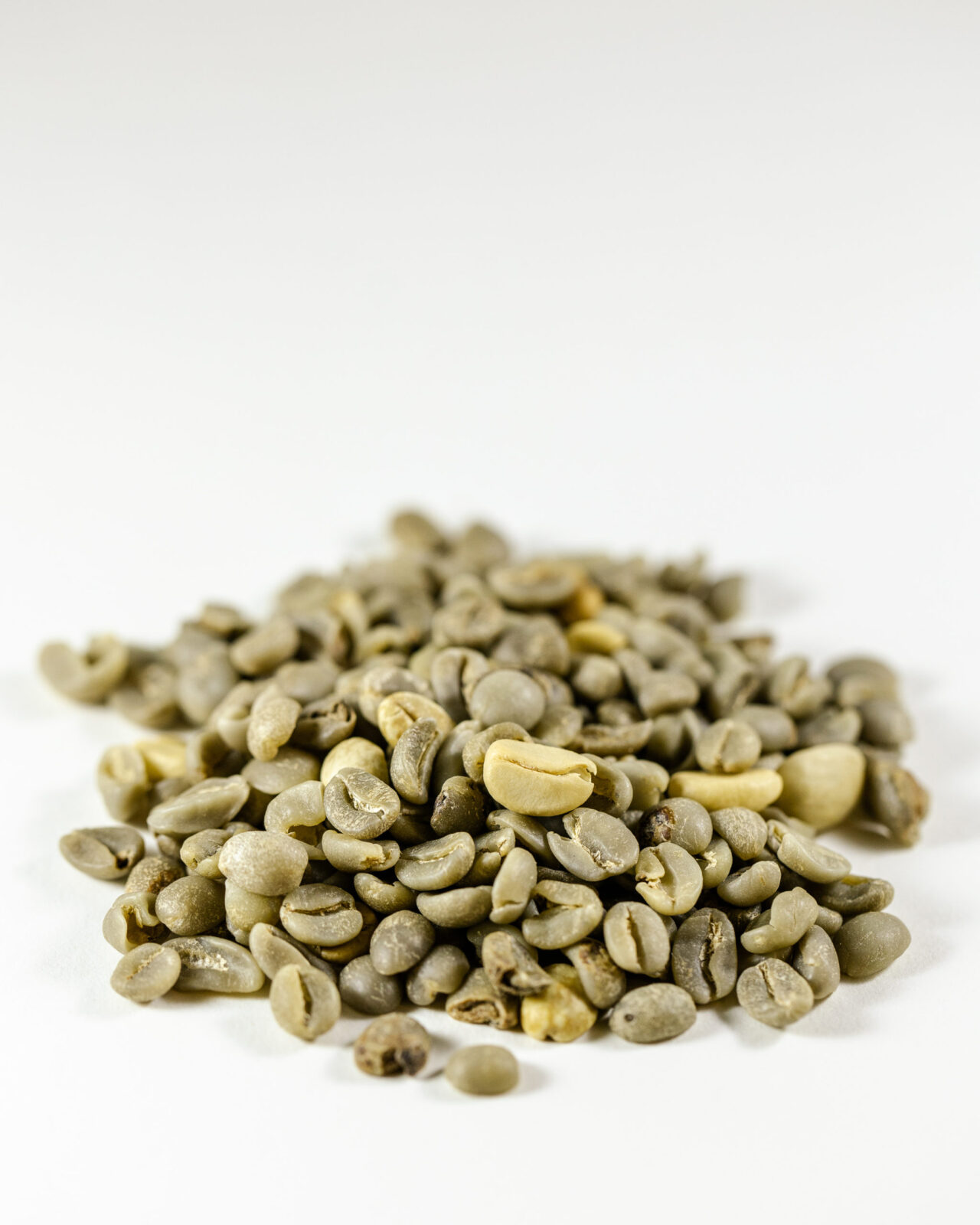
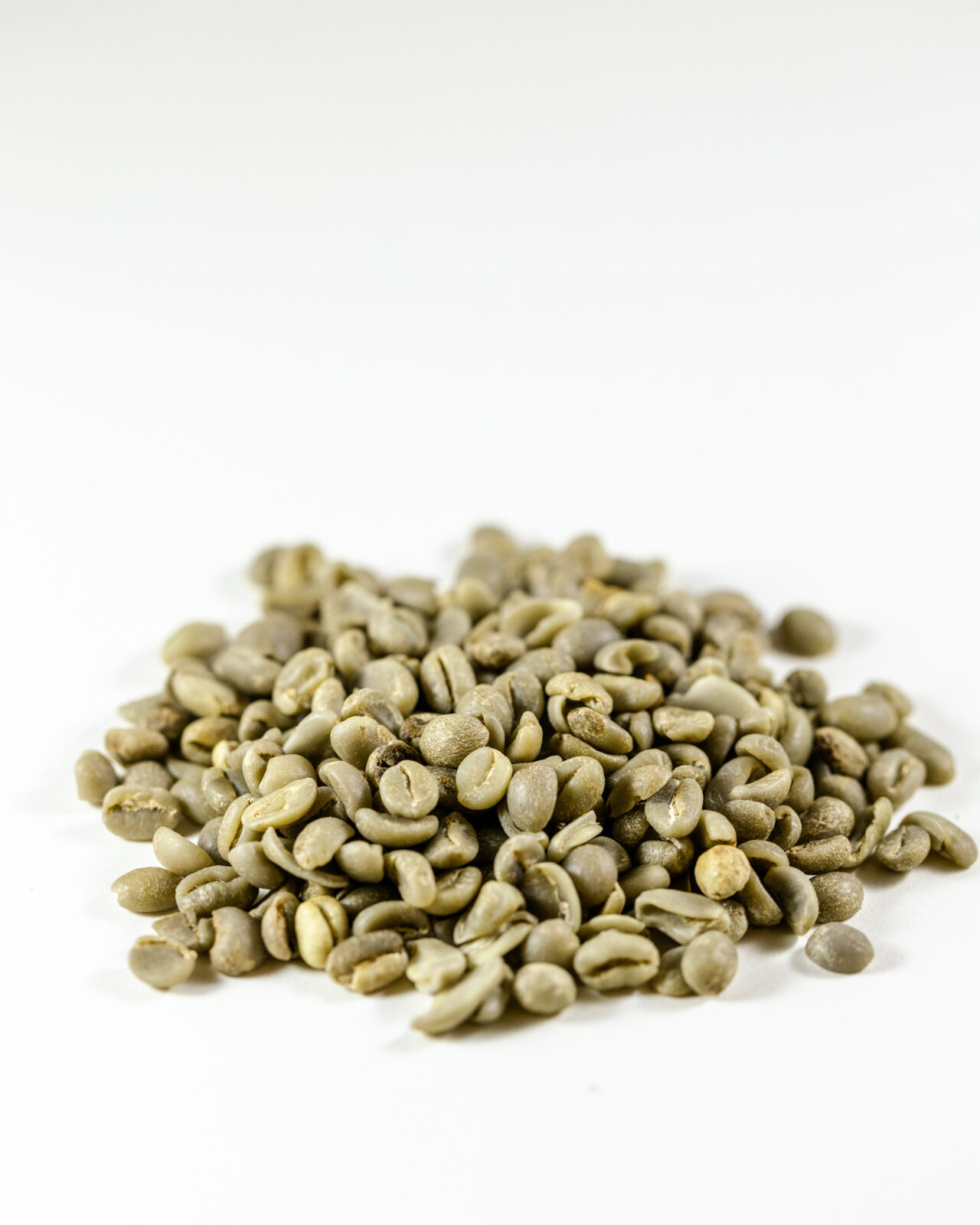
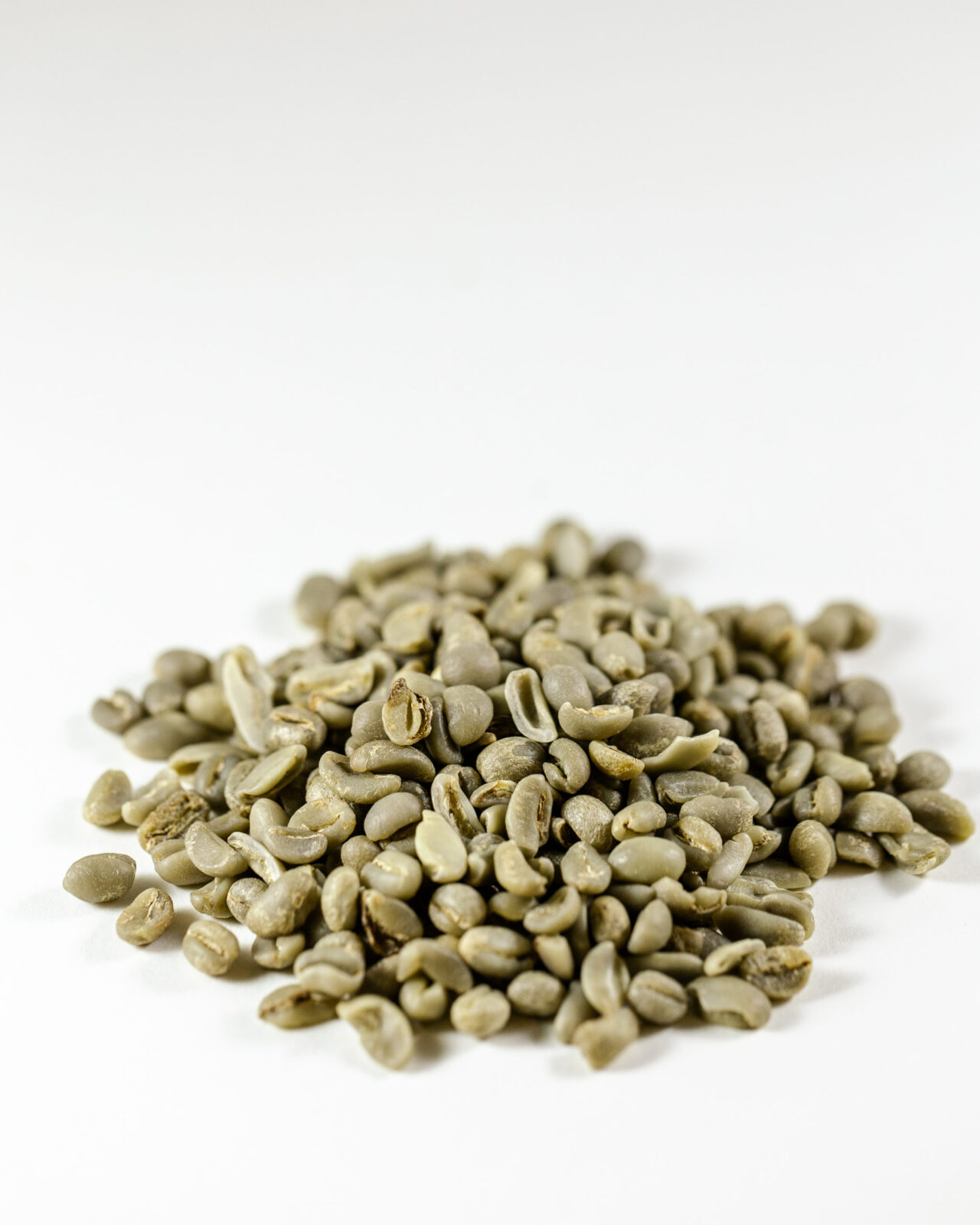
Sorting by Color
Finally, the coffee passes through an optical sorter. Optical sorters are incredibly impressive machines that use a laser to assess the color of each seed rapidly passing through its “line of sight.” The acceptable range of color is set by the operator and any seeds that are too dark or too pale are rejected by a puff of air forcing the seed into a reject pile.
Hand Sorting
After the Dry Milling equipment is done processing the coffee, there is a final quality control step: hand sorting of the coffee. Teams of individuals (very commonly women in much of the coffee-producing world), sort through all of the coffee by hand, removing any defects that slipped through the mill line. The hand pickers are not looking for one specific type of defect, but rather anything that should not be included in the final product. It is very common for our micro-lots to be hand-picked at least twice before export, to ensure that only the highest quality coffee is exported.
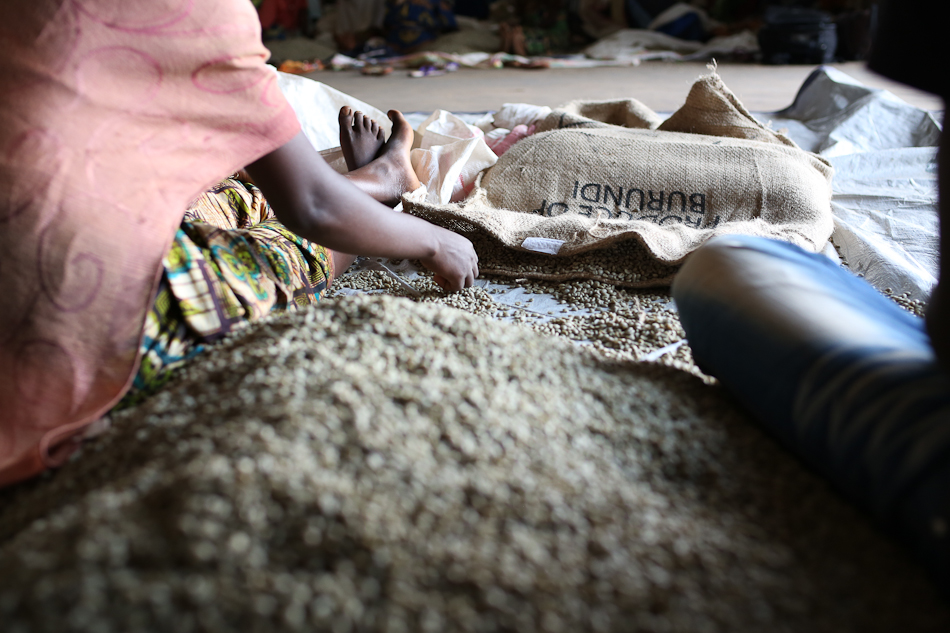
In a future post, we will dig further into what happens to all of the coffee that is not sold as micro-lot quality. If you enjoyed this post or have specific questions we would love to hear from you. Please email us!
